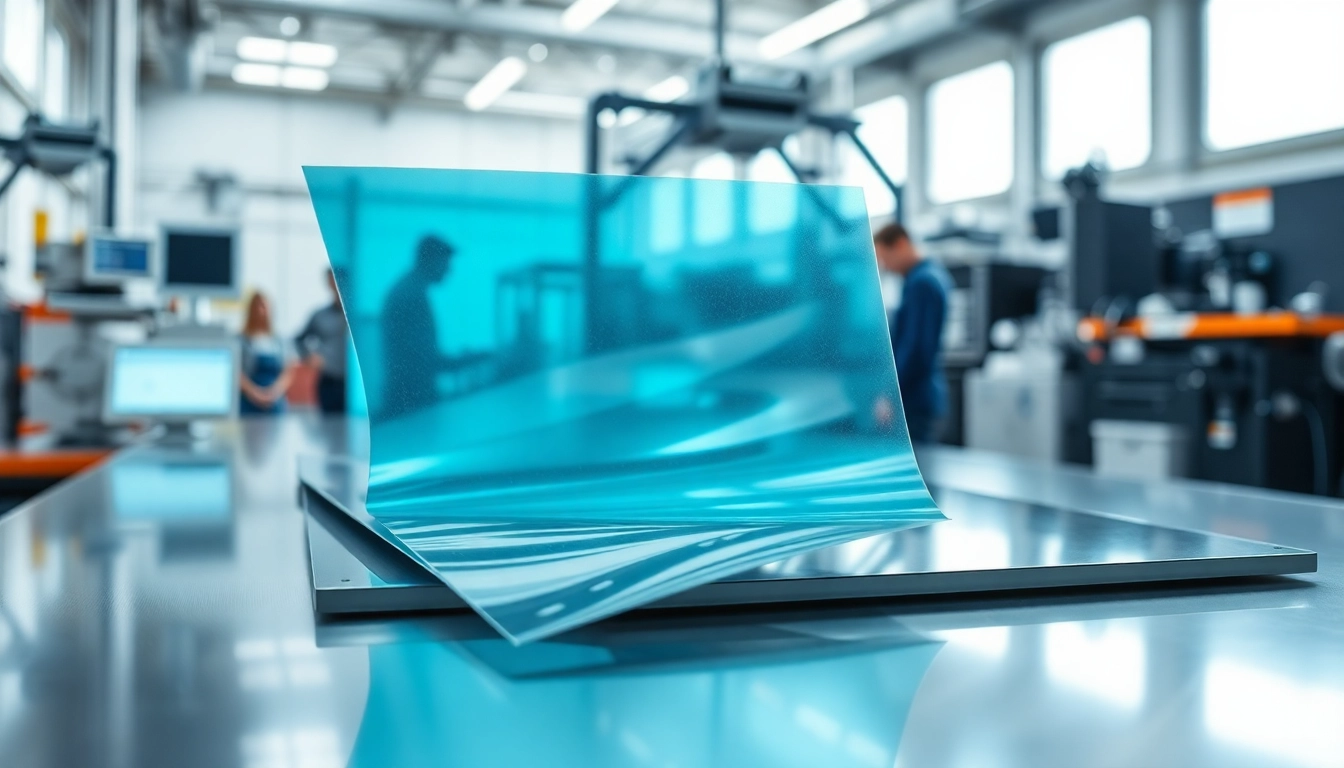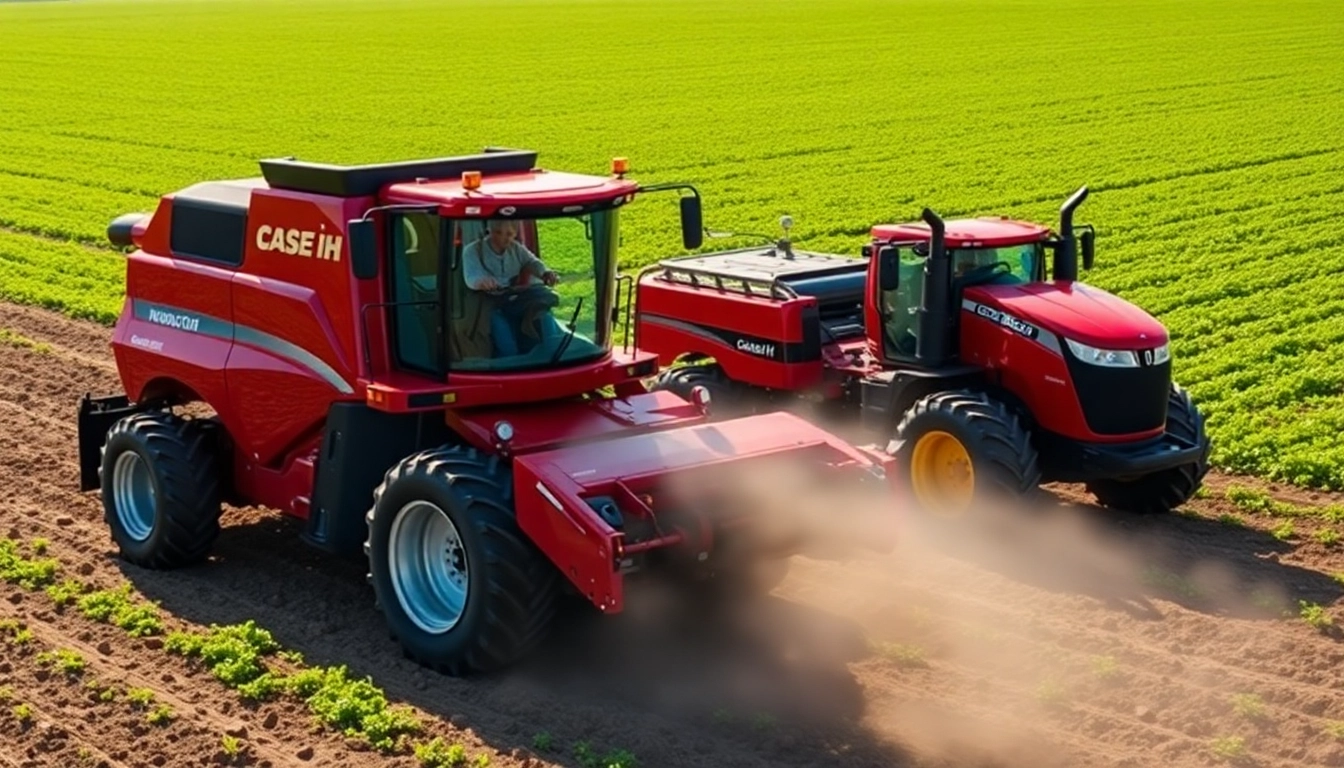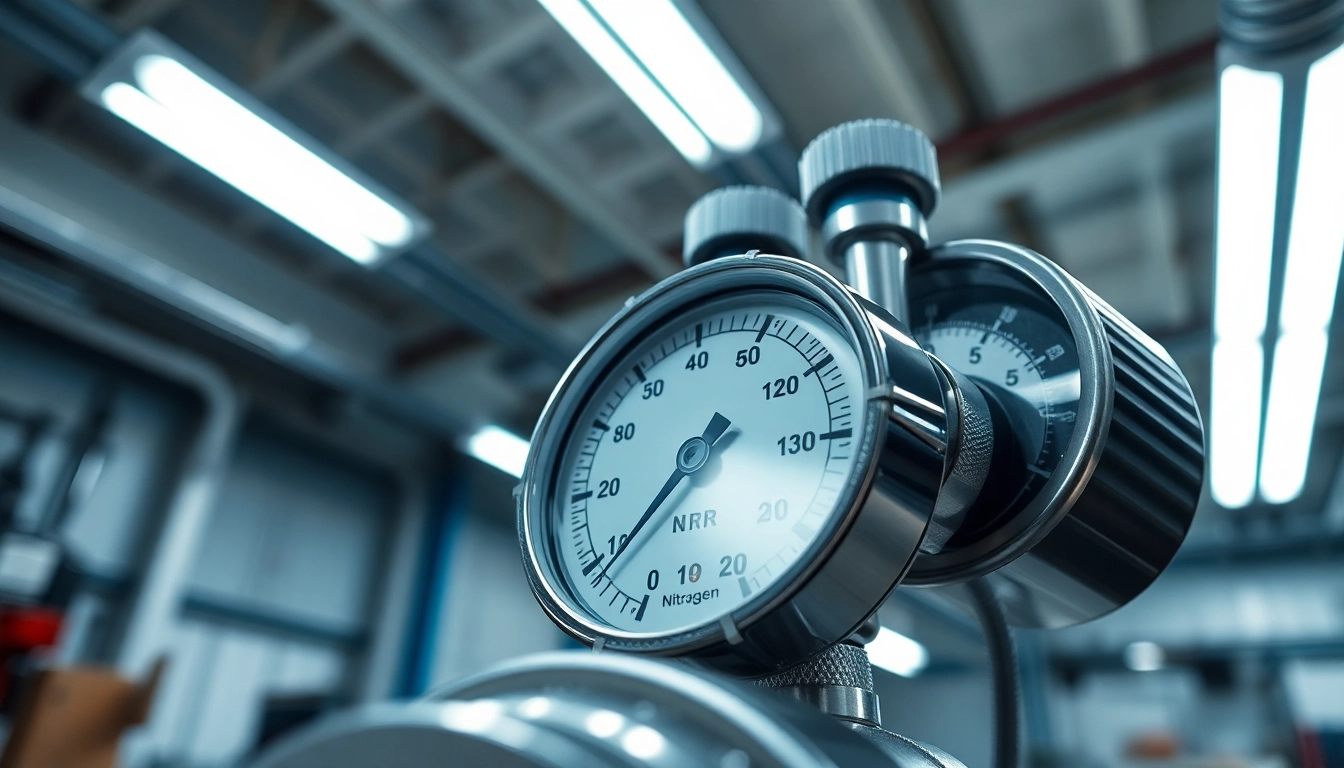Introduction to Adhesive Films
Adhesive films have quickly become a staple in various industries due to their efficiency and effectiveness in providing strong, reliable bonds for different materials. These films, available in various formulations and specifications, are specifically designed to meet the stringent requirements of composite bonding applications. They facilitate clean, consistent bonds, particularly in high-performance environments such as aerospace, automotive, and defense. Understanding these materials’ properties, applications, and benefits can significantly enhance their application in diverse industries. For more extensive information on adhesive films, you can visit https://www.makobond.com/adhesives-films.
What are Adhesive Films?
Adhesive films are solid adhesive layers that are pre-formed onto a carrier film. This design allows the adhesive to retain its properties while providing an easy application process. Typically, adhesive films are activated by heat or pressure, enabling them to bond with surfaces effectively when properly managed during the bonding process.
These films come in various forms, including thermosetting and thermoplastic, leading to increased versatility. Each type balances factors such as flexibility, temperature resistance, and bond strength based on the specific needs of the application at hand. They are designed to provide optimal adhesion and strength for materials such as plastics, metals, and composites, among others.
The Importance of Adhesive Films in Composites
Adhesive films play a crucial role in bonding composite materials. Unlike traditional adhesives that can be messy to apply and may require additional curing agents or mixing, adhesive films are straightforward to handle, avoiding the risks of uneven application and ineffective bonding.
In composite structures, where weight reduction and structural integrity are paramount, adhesive films can contribute significantly to performance. They allow manufacturers to bond surfaces without adding excess weight, commonly seen with mechanical fasteners. The ability to control the thickness and layout of adhesive films enhances the overall design flexibility. Through controlled thickness, these films also minimize stress concentrations that can lead to failure in composite structures.
Applications across Industries
The utilization of adhesive films spans multiple sectors: from high-tech applications in the aerospace industry, where precision and reliability are non-negotiable, to automotive manufacturing where lightweight structures can improve fuel efficiency. Here are a few notable applications:
- Aerospace: Used in aircraft design and manufacturing for composite bonding, these films help create lightweight and durable structures while meeting rigorous safety standards.
- Automotive: Lightweight bonding solutions improve vehicle performance with reduced overall weight, enhancing fuel efficiency and overall safety.
- Defense: Critical for military and defense applications where strength-to-weight ratios matter, adhesive films ensure adherence under extreme conditions.
- Marine: Used in boat manufacturing, adhesive films can resist harsh environments while providing lasting bonds between different materials.
Benefits of Using https://www.makobond.com/adhesives-films
Enhanced Bonding Strength
Adhesive films provide superior strength and reliability in bonding processes. They can create firm bonds between dissimilar materials, a critical factor in applications where the materials may undergo differing rates of thermal expansion. This strength is particularly beneficial in ensuring durability over time, mitigating risks related to component failure or delamination.
Advanced formulations available in adhesive films allow for varying thicknesses and adhesion characteristics, fostering unique bonding solutions tailored to the needs of specific applications. This factor can positively impact the overall lifecycle and performance of assembled products.
Consistency in Performance
One of the most significant advantages of adhesive films is the consistency of their performance. Unlike traditional liquid adhesives which can vary in application results due to environmental variables or changes in preparation technique, pre-cast films can ensure uniform thickness and composition across all applications, leading to predictable bonding results every time.
This consistency is vital in critical industries like aerospace and automotive, where variability in material performance can lead to significant implications in terms of safety, reliability, and regulatory compliance. By using adhesive films, manufacturers can be assured of a level of predictability that helps streamline production and improve quality control.
Noise and Vibration Mitigation
Adhesive films serve a secondary function in sound damping due to their inherent viscoelastic properties. They can mitigate noise and vibrations in composite structures, enhancing user comfort and operational efficiency. Particularly in the automotive and aerospace industries, where excess noise and vibration could pose serious issues, using these films helps fulfill consumer expectations for quieter, more comfortable vehicles.
In addition, noise and vibration damping features can prolong the lifespan of components and improve overall durability by minimizing the stresses physical components experience during operation.
How to Choose the Right Adhesive Film
Evaluating Material Compatibility
The first step in selecting an adhesive film is assessing the compatibility of the materials to be bonded. Each film may have specific properties that function better with certain substrates. Factors to examine include chemical resistance, surface energy, and the mechanical properties of both the adhesive and the substrate materials.
Different types of adhesive films may be recommended based on the materials that need to be bonded. For instance, some adhesive films are specifically designed for metal bonding, while others work best with plastics or composites. Evaluating these aspects can prevent problems associated with inadequate bonding and ensure the longevity and reliability of the bond.
Understanding Performance Specifications
Each application requires specific performance characteristics including tensile strength, thermal stability, peel strength, and shear strength. Understanding these specifications will guarantee that the selected adhesive film not only meets but exceeds the imposed performance criteria.
Manufacturers often provide detailed technical data sheets outlining these specifications to assess the suitability of an adhesive film. These details should be thoroughly examined to ensure the film chosen is appropriate for your specific application.
Considering Environmental Conditions
Environmental factors also play a significant role in selecting adhesive films. Assess factors such as temperature, humidity, chemical exposure, and operational stresses to determine if the adhesive film can endure the intended environment. Such considerations help avoid failures due to environmental degradation and can guide the selection process of which adhesive film will offer the most reliable performance.
Application Techniques for Optimal Results
Surface Preparation Procedures
Before applying adhesive films, it is essential to prepare the surfaces adequately. Effective surface preparation increases the bonding interactions between the adhesive film and the substrates, ensuring optimal adhesion.
Common preparation techniques may include:
- Cleaning: Remove any contaminants, including dust, grease, and oils, using solvents or cleaning agents compatible with the substrate.
- Surface Roughening: Mechanically altering the surface to increase surface area and enhance adhesion can be achieved through sanding or blasting.
- Priming: Some materials may require a primer to improve bonding potential. Primers can enhance adhesion or protection against environmental factors.
Application Methods and Equipment
Adhesive films can be applied using various methods that will depend on the film type and the specifics of the application process. Common methods include:
- Heat Activation: This method involves applying heat to activate the adhesive. Temperature control is critical to ensure proper activation without damaging the adhesive or the substrate.
- Pressure Application: Applying consistent pressure during bonding assists in ensuring full contact between the adhesive film and the substrates, thus improving bonding strength.
- Roller or Hot Melt Application: Equipment specific for applying adhesive films can provide consistent application thickness and reduce the risk of bubbles forming in the adhesive matrix.
Curing and Activation Techniques
After the adhesive film is applied, the activation process is essential for achieving a robust bond. Many adhesive films require careful control of temperature and pressure during the curing process to reach their optimal performance levels.
Some films may require specific curing cycles, and understanding these can prevent premature failures. Different adhesives have unique activation temperatures and times, which should be closely followed to ensure that the adhesive bonds correctly and maintains its properties.
Adhesive Film Innovations and Future Trends
Advancements in Film Technologies
The adhesive film industry has witnessed significant developments as manufacturers strive to enhance performance characteristics. Innovations include the development of films that can bond more effectively at lower temperatures, improving the adhesion of materials that are sensitive to heat. Additionally, the evolution of greener adhesive films with eco-friendly compositions is gaining traction, as industries become increasingly concerned about environmental impacts.
As new polyfunctional monomers and crosslinking technology emerge, adhesives are becoming more robust and versatile, allowing for bonding across a wider range of substrates without compromising performance.
Predicting Industry Shifts
The shift towards composite materials in various industries is expected to continue highlighting the need for specialized adhesive solutions. This shift is primarily driven by demands for weight reduction, fuel efficiency, and the need for sustainable production methods. Therefore, innovations in adhesive film technology tailored to serve these evolving needs are likely to emerge.
Market dynamics predict a rise in automation in the application processes of adhesive films, which can enhance efficiency, improve quality control, and reduce labor costs. Proactive engagement with these developments will be pivotal for organizations operating in high-performance realms.
Impact of Emerging Composites
The rise of new composite materials drives significant advancements in adhesive film technology. Balancing unique properties such as flexibility, strength, and thermal stability ensures that the films meet evolving industry standards. The increased application of hybrid composite structures necessitates the formulation of advanced adhesive films designed to effectively bond complex arrangements of materials.
Future trends indicate an exploration of multifunctional films, capable of not only bonding but also offering other features such as electrical conductivity or thermal insulation. This exploration points to an exciting horizon for the adhesive film industry.



